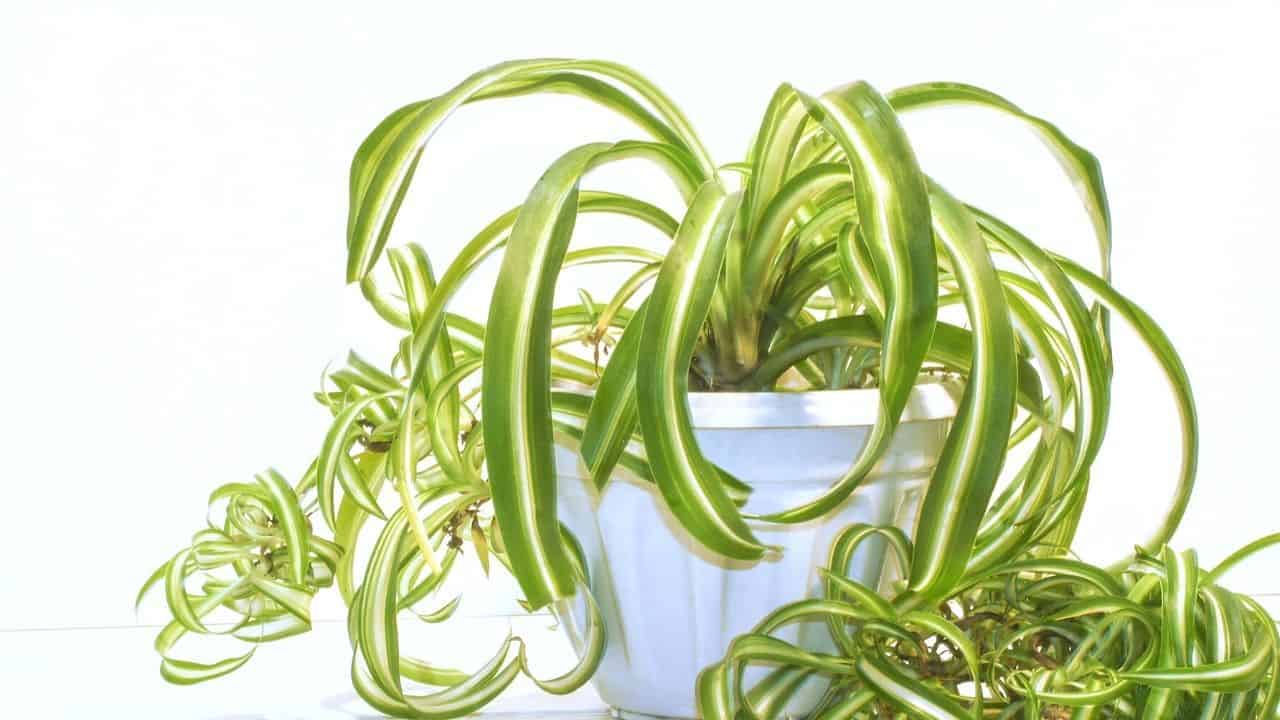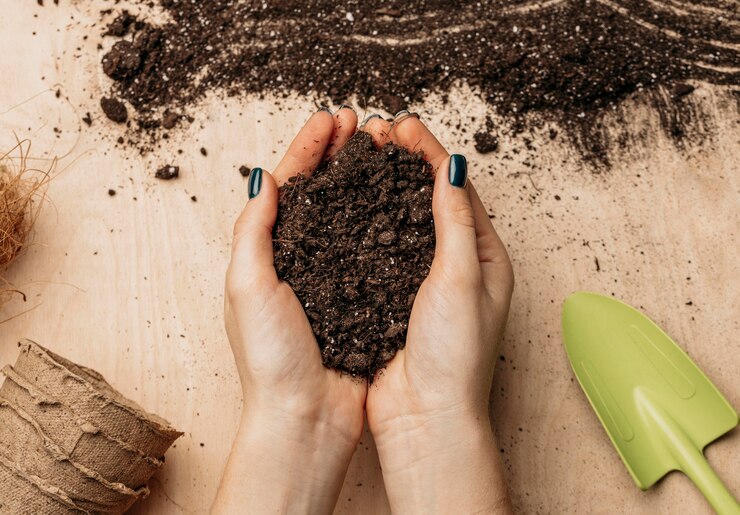Reviving a Droopy Spider Plant: Tips for Restoring Health and Vigor
Spider plants (Chlorophytum comosum) are beloved for their graceful arching leaves and air-purifying qualities, making them popular choices for indoor and outdoor gardens alike. However, like any plant, spider plants can sometimes exhibit signs of distress, such as drooping leaves. This article explores common causes of droopy spider plant and provides practical tips on how to revive and care for them to restore their vibrancy and health.
Understanding Droopy Spider Plant
Spider plants typically display drooping leaves as a response to various environmental or care-related issues. The most common causes include:
- Underwatering: Insufficient water can lead to dehydration, causing leaves to wilt and droop.
- Overwatering: Excessive moisture can lead to root rot, causing the plant to droop as roots suffocate and fail to absorb nutrients.
- Lighting Issues: Inadequate light (or too much direct sunlight) can stress the plant, causing leaves to droop or lose their vibrant green color.
- Temperature Extremes: Spider plants prefer moderate temperatures and can droop if exposed to drafts, cold temperatures, or sudden changes in climate.
Reviving Droopy Spider Plants: Step-by-Step Guide
Assessment and Adjustment
- Check Soil Moisture:
- Gently insert your finger into the soil up to the first knuckle. If the soil feels dry, the plant likely needs watering. If it feels moist or wet, allow the soil to dry out slightly before watering again.
- Watering Routine:
- Ensure a balanced watering schedule. Spider plants prefer evenly moist soil during the growing season (spring and summer) and slightly drier conditions in fall and winter. Water thoroughly, allowing excess water to drain from the pot.
- Light Requirements:
- Place your spider plant in bright, indirect light. Avoid direct sunlight, which can scorch leaves. If indoors, ensure it receives sufficient natural light or supplement with a grow light if necessary.
- Temperature and Humidity:
- Maintain consistent room temperatures (ideally between 65-75°F or 18-24°C) and avoid placing the plant near drafts or heating/cooling vents. Spider plants thrive in average room humidity but tolerate dry indoor conditions.
Care and Maintenance
- Pruning and Maintenance:
- Trim yellow or brown leaves to encourage new growth and maintain plant health. Use clean, sharp scissors to make clean cuts at the base of the affected leaves.
- Fertilization:
- Feed your spider plant monthly during the growing season (spring to early fall) with a balanced, water-soluble fertilizer diluted to half-strength. Avoid over-fertilizing, as this can lead to fertilizer burn and further stress the plant.
- Repotting:
- If the spider plant is root-bound or the soil has become compacted, consider repotting into a slightly larger container with fresh, well-draining potting mix. Repotting every 1-2 years encourages healthy root growth and prevents overcrowding.
Monitoring and Adjustment
- Observation:
- Regularly inspect your spider plant for signs of improvement, such as perky leaves and vibrant growth. Adjust care routines based on plant response to ensure ongoing health and vitality.
- Pest Control:
- Monitor for common pests like spider mites or aphids. Treat infestations promptly with natural or organic pest control methods to prevent further stress to the plant.
Conclusion
Reviving a droopy spider plant involves addressing underlying causes such as improper watering, light deficiencies, or environmental stressors. By implementing proper care techniques—adjusting watering routines, providing adequate light, maintaining optimal temperatures, and regular maintenance—you can restore your spider plant’s vigor and beauty. With patience and attentive care, your spider plant will thrive, gracing your space with its lush foliage and air-purifying benefits once again.







